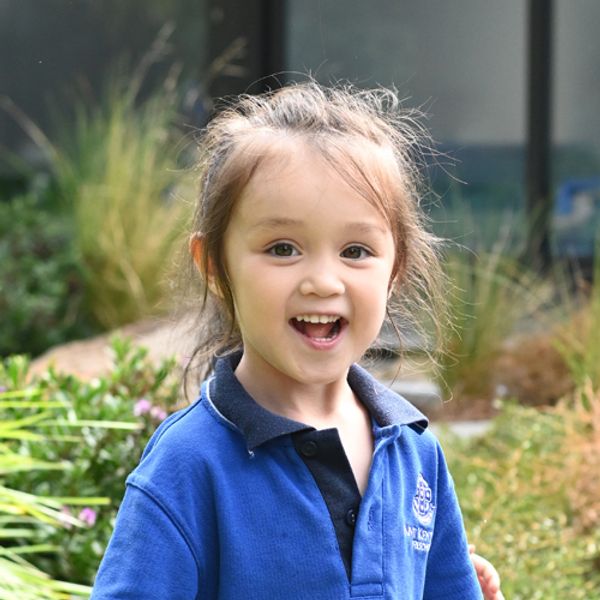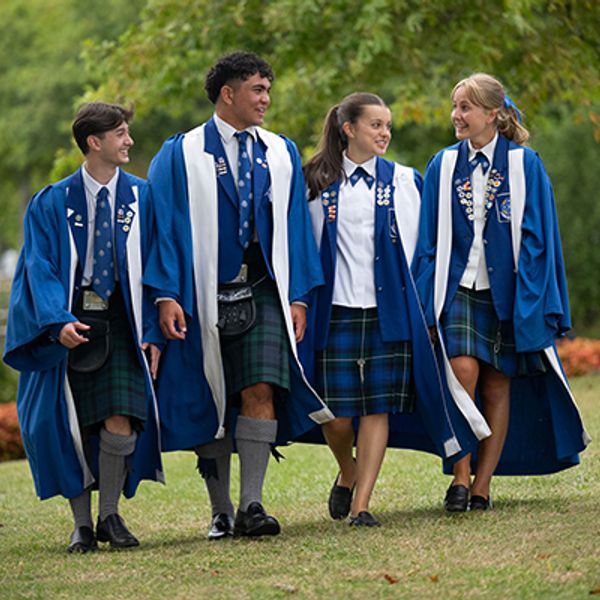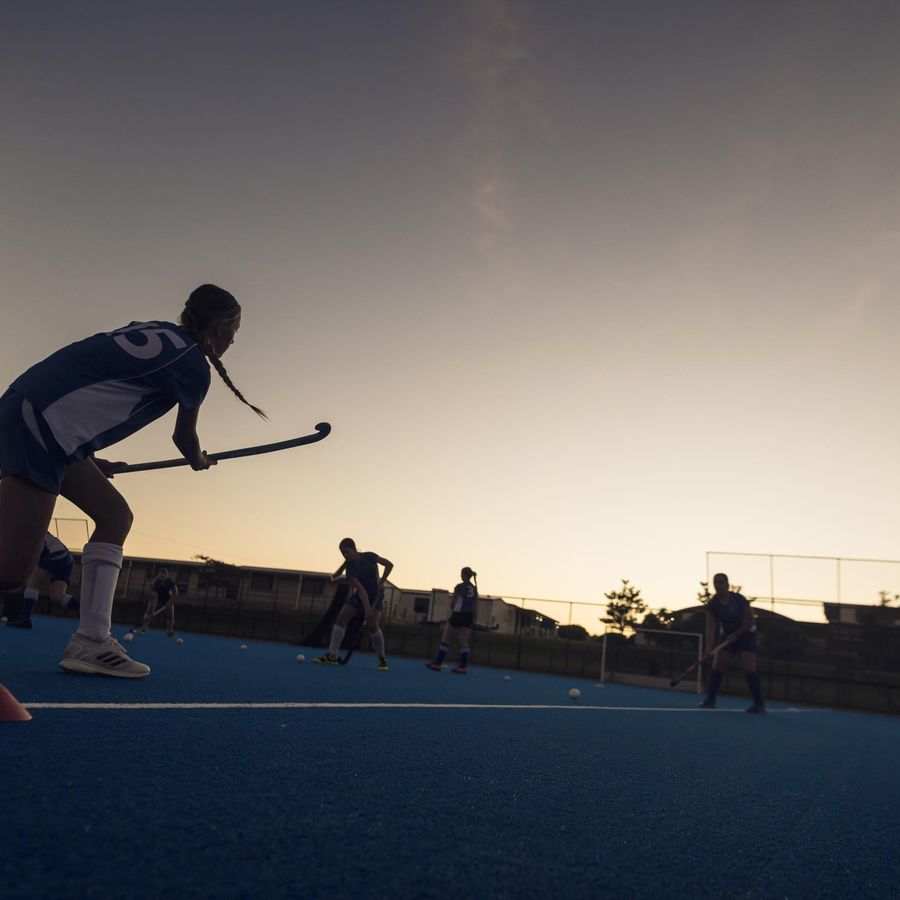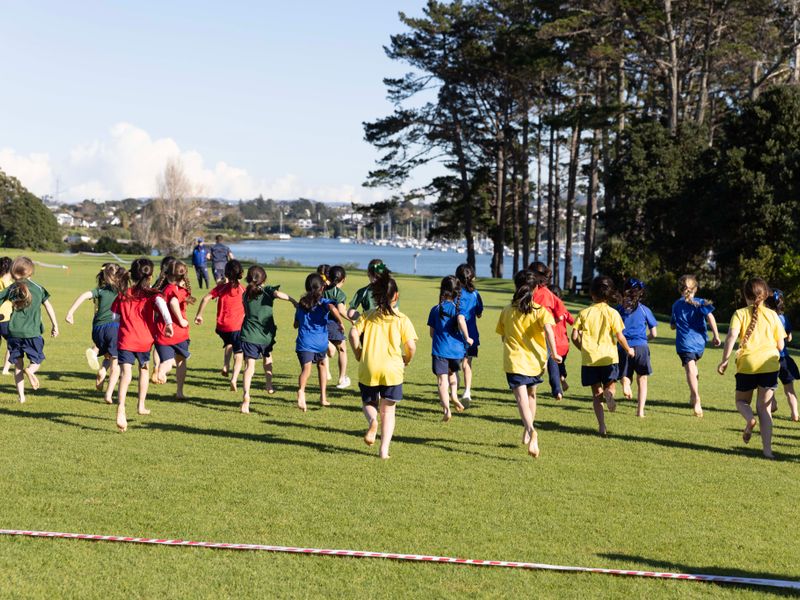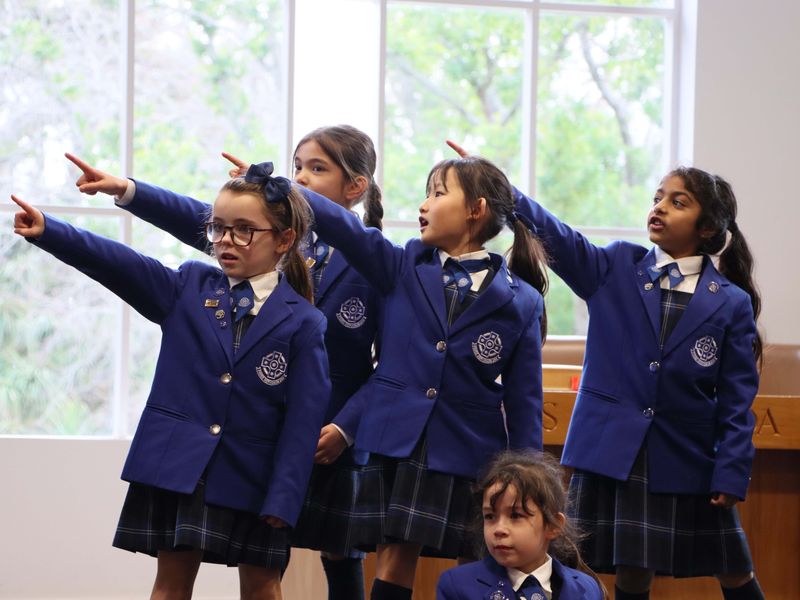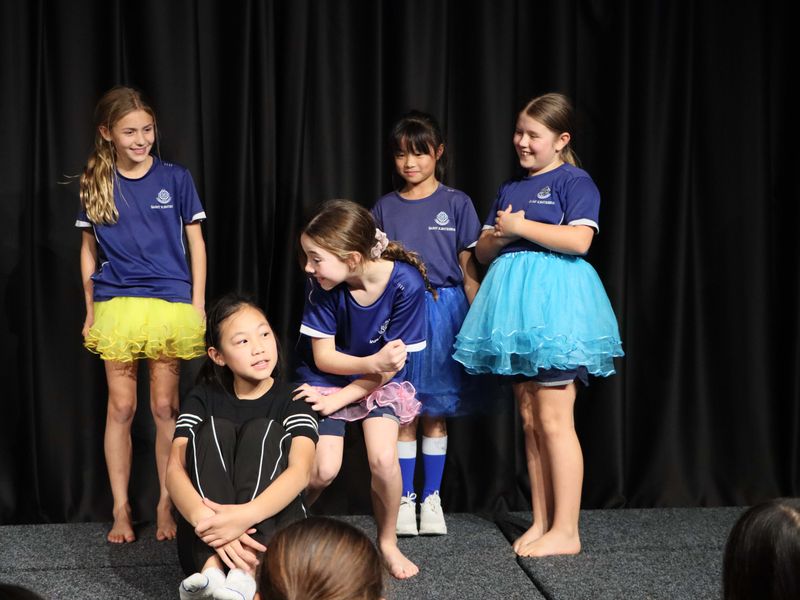
Girls' School Visit Ruapotaka Marae
Girls' School Visit Ruapotaka Marae
June 06, 2014 at 3:14 PM
For many New Zealanders, 31 December means celebrations to welcome in the New Year. These celebrations are an important way of marking the passage of time as well as heralding new beginnings.
Maori also have their own New Year, which is marked by the rise of Matariki, the group of stars also known as the Pleiades star cluster or the Seven Sisters, and the sighting of the next new moon. Like Chinese New Year, and the Christian festival of Easter, its exact timing varies from year to year, but it usually occurs during the month of June.
In 2014, Matariki begins on 28 June, so it was timely that the middle school students at the Girls’ School had the chance to visit the Ruapotaka Community Marae in Glen Innes in the lead up to this celebration. The girls visit was also the first time the Marae had students join them from Saint Kentigern Girls’ School.
Organised by Year 6 teacher, Ms Deborah Laffoley, the Education Outside the Classroom (EOTC) field trip provided the Year 4-6 students with hands-on experiences which support their learning. As part of the Middle School’s Social Science unit, each class level had a different topic of enquiry that they were studying. The Year 4 students were looking at the way Auckland has changed, the Year 5 students focused on myths and legends and the Year 6 students were studying how Maori lived in pre-European times.
As the girls waited at the gates, one of the elders, or kaumatua, gave them a brief explanation of the protocol involved so they knew what to expect. On a first visit to a marae, the powhiri ceremony would formally greet and welcome them, and this would begin with a karanga, or call, which would guide them onto the grounds and into the wharenui, or meeting house. Once this formality was over and you had been officially invited in, the girls learnt that they were then welcome to come back at any time to visit.
The girls also heard the differences in the roles and responsibilities of males and females at a marae. Only males are allowed to sit up the front in the wharenui and also speak in the formal speeches at the powhiri. Mr Andrew Finn, the School’s only male teacher, was able to speak on behalf of the School and he extended the School’s appreciation in the marae’s warm hospitality.
The girls then offered their thanks by performing a beautifully practised two part Maori waiata, or song followed by all of the guests exchanging the traditional Maori greeting of a hongi. The kaumatua explained to the girls that there is a deep and spiritual meaning behind the traditional Maori greeting which means ‘sharing of breath.’
After the formalities the girls were intrigued to learn some history of their local area, before splitting into two groups to take part in some cultural activities. Flax weaving was challenging but the girls were all determined to create their own flax flower, and the help they gave to one another was pleasing to see.
In the wharenui, the second group were led through the words and actions of a Maori song before putting them all together to the strum of Mr Finn’s and the kaumatua’s guitars.
At the end of their visit, a blessing was given to the visitors to go forth and be safe on their journey.
The trip was a very culturally enriching experience for the girls and they all enjoyed learning the history of Maori and their ancestors. And what did the girls think of their trip? Ka Pai!
Thank you to the parents who took time out to join the girls on their trip to Ruapotaka marae.
